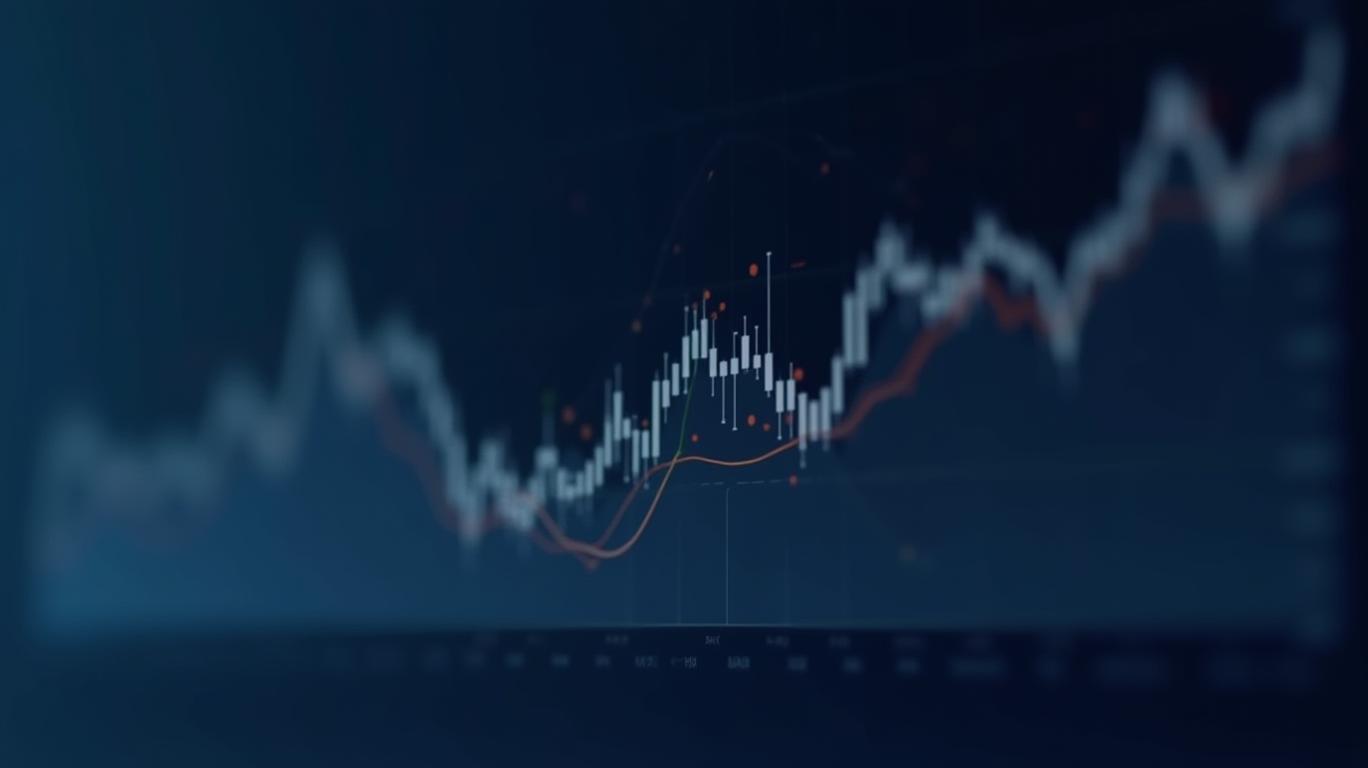Navigating the Virtus Total Return Fund's Distribution Dynamics: A Closer Look at Return of Capital and Risks
The virtus total return fund inc. (NYSE: ZTR) has provided critical insights into its April 2025 distribution through its Section 19(a) notice, revealing a complex interplay of income, capital gains, and return of capital. For investors, this disclosure is more than a routine update—it’s a window into the fund’s strategy, risks, and the sustainability of its distributions. Let’s dissect the details to understand what this means for shareholders.

Distribution Breakdown: A Heavy Reliance on Long-Term Gains, but Caution Ahead
The April 2025 distribution of $0.05 per share is sourced almost entirely from net realized long-term capital gains (97.6%), with minimal short-term gains and no net investment income. This stark breakdown suggests the fund is relying on capital appreciation to sustain its payout, a strategy that carries inherent risks.
However, the fiscal year-to-date (YTD) data paints a more concerning picture. Through March 31, 2025, 54% of distributions were categorized as return of capital—a signal that the fund is returning shareholders’ principal to maintain its payout. Historically, persistent return of capital can erode asset value and reduce tax advantages, as it lowers the shareholder’s cost basis.
The Managed Distribution Plan: Consistency vs. Capital Erosion
The fund’s Managed Distribution Plan aims to provide steady payouts, but it comes with trade-offs. When income and capital gains fall short of the distribution target, the shortfall is covered by return of capital. Over the past year, this mechanism has been invoked frequently, as evidenced by the 54% YTD return of capital.
Investors must ask: Is this a temporary measure, or a sign of underlying portfolio strain? The fund’s 5-year average annual total return of 10.46% (based on NAV) may offer some comfort, but its YTD cumulative return of just 0.16% raises questions about recent performance.
Leverage and Liquidity Risks: A Double-Edged Sword
The fund’s use of leverage—31.28% as of April 2024—amplifies both gains and losses. While leverage can boost returns in rising markets, it increases vulnerability during downturns. Combined with the reliance on return of capital, this creates a precarious balance. Shareholders should monitor the fund’s leverage ratio closely, as even minor market corrections could strain its liquidity.
Tax Implications: A Delicate Balance
The fund’s distributions are not all created equal from a tax perspective. While long-term capital gains enjoy favorable rates, return of capital reduces taxable income. However, shareholders must track their adjusted basis to avoid overpaying taxes. The final tax composition, due by January 2026, will clarify the 2025 distribution’s tax impact.
Conclusion: A High-Reward, High-Risk Proposition
The Virtus Total Return Fund is a prime example of a high-yield, actively managed closed-end fund targeting capital appreciation through global infrastructure and fixed-income strategies. Its 8.85% annualized distribution rate (based on NAV) is attractive, but investors must weigh this against material risks:
- Return of Capital Sustainability: The 54% YTD return of capital suggests the fund may be depleting assets to maintain payouts. A prolonged period of underperformance could force cuts to distributions.
- Leverage Exposure: At 31% of assets, leverage magnifies volatility. In a stressed market, this could lead to abrupt declines in NAV and share price.
- Performance Consistency: The YTD return of 0.16% lags behind its 5-year average, hinting at execution challenges in the current environment.
For investors willing to accept these risks, ZTR’s focus on infrastructure—a sector benefiting from global decarbonization and aging infrastructure upgrades—could deliver long-term gains. However, those prioritizing stability should proceed with caution. The fund’s success hinges on its ability to generate sufficient capital gains to offset return of capital, a task that may grow harder in a low-growth, high-volatility world.
In short, ZTR is a fund for aggressive investors with a long-term horizon and a tolerance for volatility. All others should look elsewhere for steady income streams.
This analysis underscores the importance of scrutinizing distribution sources, leverage, and performance metrics before committing to high-yield closed-end funds. The data is clear: ZTR’s strategy is bold, but its execution must prove equally so.
Ask Aime: "Understanding Virtus Total Return Fund's April 2025 Distribution Strategy"

_de9dfdaa1747327457315.jpeg)







